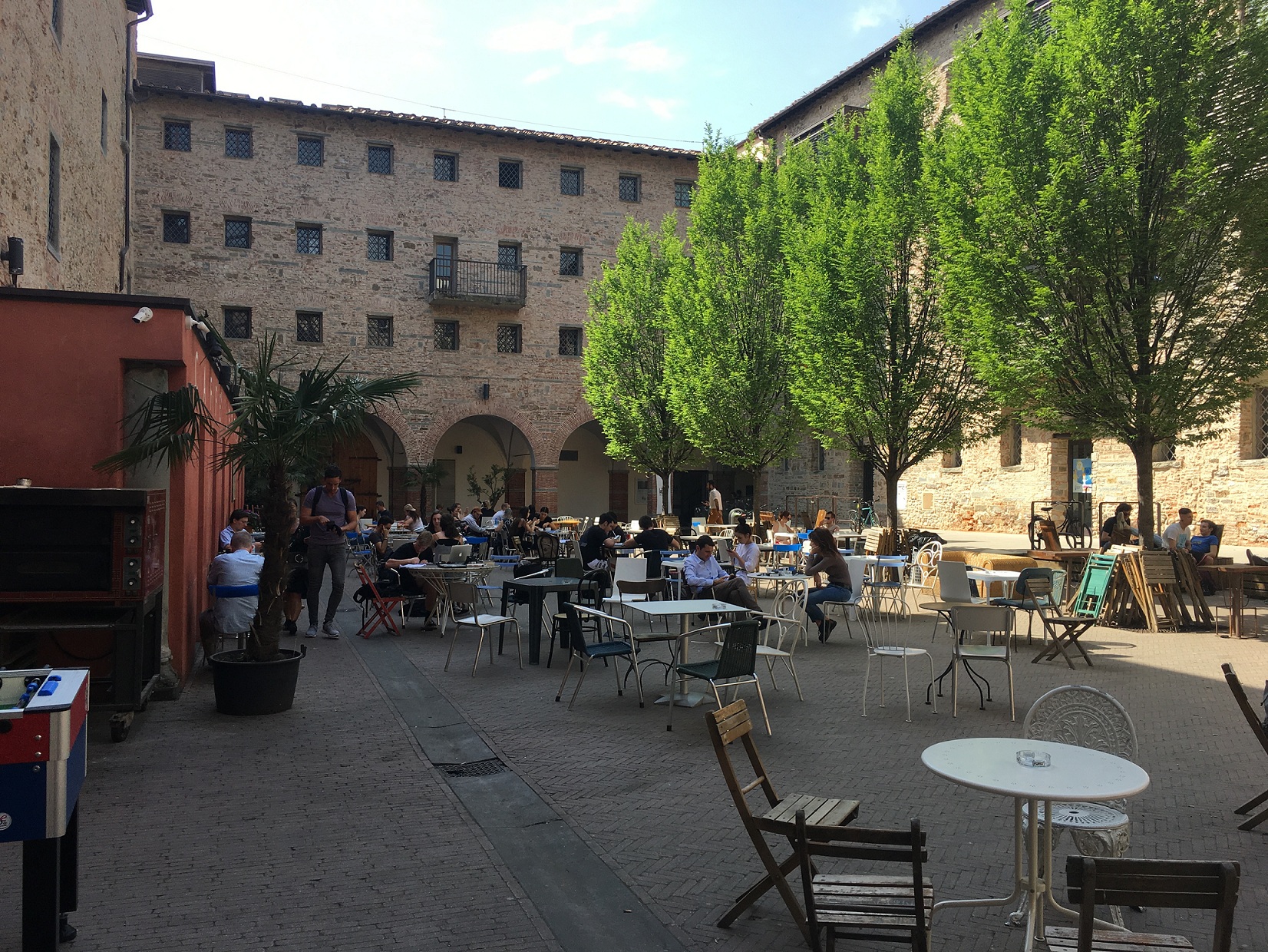Le Murate
2020
The regeneration of Le Murate is a long-term project for the multifunctional recovery of an abandoned historical complex, a former prison closed in 1983. This project is an important challenge for the local administration, because of the size and architectural characteristics of the complex, its strategic position within the historic city walls, and its potential social impact in a city that has less and less space in the historical city centre for social housing.
Le Murate is located in the Santa Croce district, a neighbourhood which is undergoing transformation due to the pressure of tourism and global markets, as well as one of the areas which is more resilient to the expulsion of local residents, demonstrating a strong and genuine local identity. This is one of the neighbourhoods in the historical centre of Florence which still maintains a social residential life, in contrast with the general retreat of the population towards new peripheral residential locations. It is also one of the areas of Florence with a higher concentration of cultural facilities, monumental complexes and important libraries.
Therefore, the goal of creating a social housing complex in a location which could have been an attractive site for speculation, as happens through the tourist commoditisation of the Florence city centre (i.e. hotels and private luxury housing) represents for the city an innovative experience. The city council allocated more than 26 million € of public resources to redevelop this former prison as social housing. The residential function, although constituting the engine of the intervention, covers only 34% of the surface area.
The implementation of the project opens up access to an area historically closed to the public, as it was a monastery before becoming a prison. The monumental complex constituted a closed spot right in the middle of the neighbourhood, with a 160m-long wall running along two parallel streets. The intervention opens up a series of urban passages, new squares and public spaces in the opaque historical fabric, significantly increasing pedestrian connectivity among main public places of the neighbourhood. It addresses the demands of social housing, employment services, cultural provision and social services, responding to a strong integrated approach.
